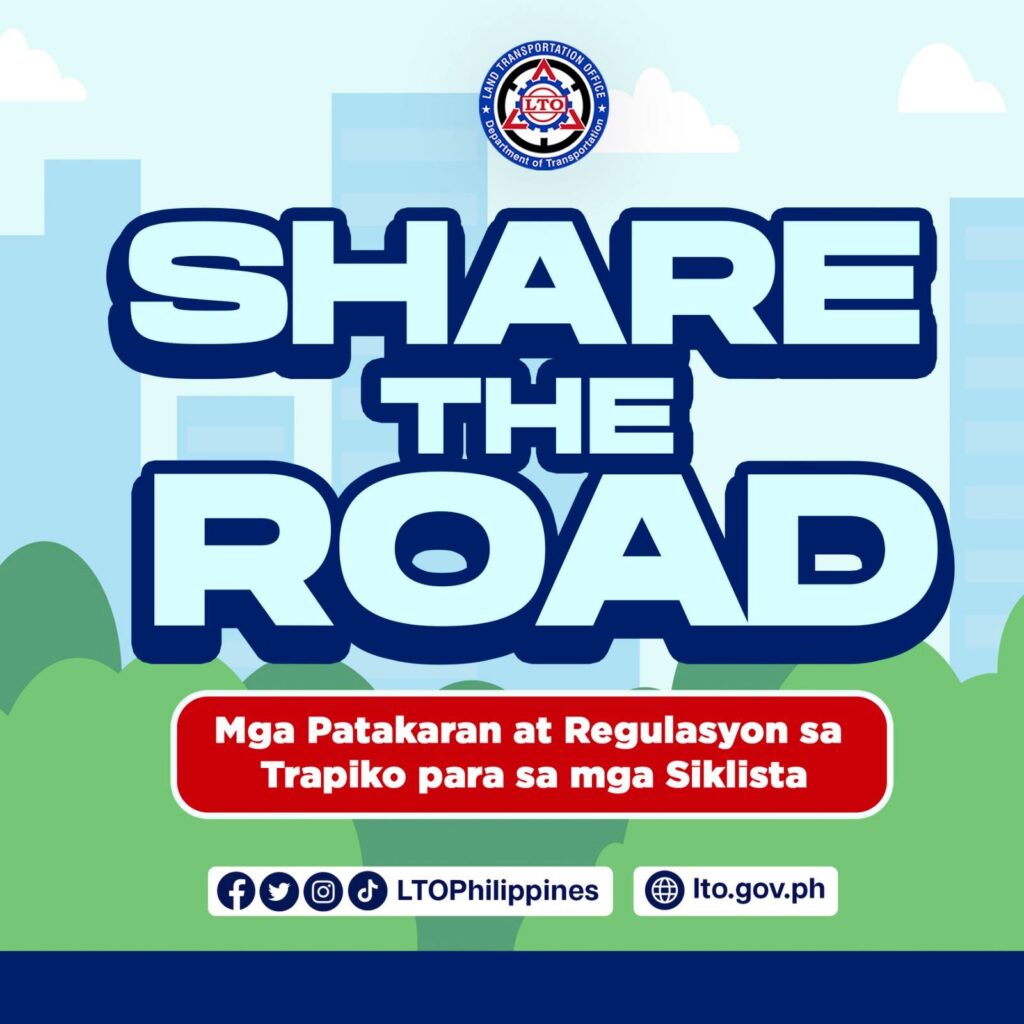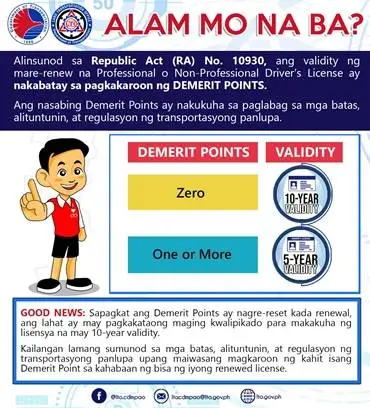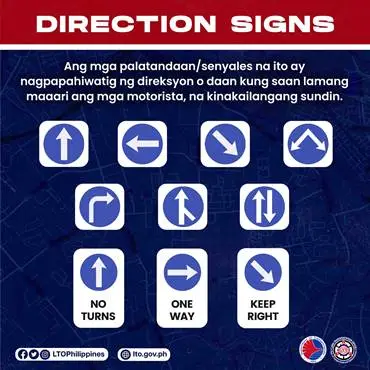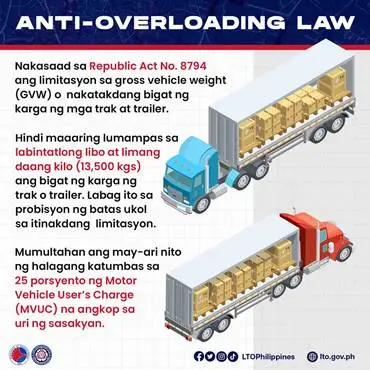Driving is a skill that requires proper training and practice. However, not everyone can just hop in a car and hit the road. In the Philippines, you need to have a valid driver’s license to drive legally on public roads. To get a driver’s license, you need to meet certain requirements, including passing a practical driving course.
But what exactly is a PDC certificate, and why do you need it? How can you get one, and how much does it cost? What are the benefits of taking a PDC? These are some of the questions that we will answer in this article. We will provide you with a comprehensive guide to everything you need to know about the PDC certificate and how it can help you become a better and safer driver.
What is the LTO Practical Driving Course (PDC)?
To get a driver’s license in the Philippines, you need to complete a practical driving course (PDC) from an authorized driving school or instructor. A PDC is a hands-on training program that teaches you the essential skills and knowledge of driving a vehicle on public roads. It covers topics such as pre-driving checkups, engine control, speed control, turning, parking, backing, and observance of traffic rules. You also learn about the right of way, yielding, and handling emergency situations.
In addition, the PDC is a mandatory requirement for new driver’s license applicants as well as those who want to add a new restriction code to their existing license. A restriction code indicates the type of vehicle that you are allowed to drive. Therefore, you need to complete at least eight hours of PDC and get a PDC certificate before you can apply for a driver’s license. The PDC certificate is one of the main documents that you need to submit to the LTO, along with other requirements.
The PDC aims to ensure that drivers in the Philippines are well-trained and responsible. By taking a PDC, you can prepare yourself for the actual driving test that you need to pass before getting your driver’s license. Moreover, the PDC is not only a requirement but also a benefit for drivers like you.
Who is Qualified to Take the Practical Driving Course?
The PDC can be taken from different sources, but only the following are eligible to take the course and obtain a PDC certificate:
- Those who are 17 years old and above or below 65 years old can take the PDC if they want to get a driver’s license for the first time.
- Driver’s license holders who wish to get additional restriction codes on their licenses can take the PDC to upgrade their license category or add more vehicle types that they can drive legally.
Requirements to Take a Practical Driving Course
To take the 8-hour Practical Driving Course and eventually get a certificate, one must have the following requirements:
- A valid driver’s license or a valid student permit
- Your own motorcycle or car (must be accompanied by a duly licensed driver), or you can get one from the driving school for a fee.
- Bring your own safety gear for motorcycles (helmet, elbow and knee pads)
- A confirmed LTO appointment slip if you are taking the PDC in the LTO-Driver’s Education Center
How to Get a PDC Certificate
To get your PDC certificate, you need to follow the steps below:
Step 1: Enroll in a Driving School or Get a Schedule at LTO
Go to the nearest LTO-accredited driving school if you are willing to pay for it or an LTO-Driver’s Education Center if you want the PDC for free. Book your preferred schedule and the number of hours you want to take the course. You can take the 8-hour minimum required or more, depending on your needs and driving skills. If you are a total newbie, you will be required to take the course longer than the 8-hour minimum.
Step 2: Attend your Practical Driving Course
Attend the course on your preferred schedule. You will undergo the following lessons and driving exercises in the 8-hour practical driving course:
| LESSON | TOPICS |
|---|---|
| Lesson 1: Start and Stop | a. Pre-driving checks outside and inside the vehicle b. Starting procedure C. Establishing a path d. Gear changing e. Stopping the vehicle |
| Lesson 2: Backing and Turning | a. Turning right and left at an intersection b. Backing in and out of side street |
| Lesson 3: Road Crossing and Light Traffic | a. Road crossing b. Driving at light traffic. |
| Lesson 4: Maneuvering | a. The “Y” turn and turnabout maneuvering style |
| Lesson 5: Hanging | a. Driving on an uphill and downhill on 3% grade |
| Lesson 6: Garage driving | a. Driving into a garage b. Driving out of a garage c. Driving into the garage using the backing procedure |
| Lesson 7: Parking | a. Entering and leaving angle parking space b. Perpendicular parking c. Parallel parking |
| Lesson 8: Highway driving | a. Driving at highways to encounter different traffic situations |
| Lesson 9: Heavy traffic | a. Acquaints students to actual driving conditions in heavy traffic and develops correct driving attitudes |
| Lesson 10: Night driving | a. Students must familiarize with the actual driving at night |
| Lesson 11: Review | a. Students shall be tested in different traffic situations to observe their driving abilities |
Please note that the table above shows the lessons and topics for the PDC using a 4-wheel vehicle. If you want to take the PDC using a 2-wheel vehicle, you will have a different set of lessons and topics that are specific to 2-wheel driving.
Dress appropriately and modestly when driving. Avoid wearing short pants, sleeveless shirts, blouses, and slippers. You can wear high-heeled shoes and sandals, but they are not recommended.
Step 4: Get your PDC Certificate
After you finish your practical driving training and pass the assessment, you will receive a PDC certificate of completion that confirms your eligibility to apply for a driver’s license. This certificate, along with your biometric data, will be automatically uploaded to the LTMS through the Driving Institution Portal.
How Much is the Practical Driving Course?
The cost of a practical driving course varies depending on the type of vehicle you want to learn to drive and the driving school you choose. According to LTO Memorandum Circular No. JMT-2023-23901, the standard fees for the Practical Driving Course (PDC) in the Philippines are as follows:
- For motorcycles, the maximum fee is PHP 2,500.
- For light vehicles, such as cars and vans, the maximum fee is PHP 4,000.
- For heavy vehicles, such as buses, trucks, and other articulated vehicles, the maximum fee is PHP 8,000.
If you find the PDC fee too expensive, you have the option to take the course for free at the nearest LTO Driver’s Education Center. However, they have a limited capacity, and you need to reserve your slot in advance. The only way to expedite your driver’s license application is to enroll in a private driving school that offers PDC.
Frequently Asked Questions
Here are some frequently asked questions and their answers about the PDC certificate:
1. What are the activities involved in the final assessment at a driving school?
During the final assessment, applicants will be required to drive their designated vehicles for 15 to 30 minutes. The evaluator will not provide any assistance during the test but will only intervene if the applicant commits a major error, such as hitting another vehicle or overspeeding. It is important to practice beforehand, as the final assessment is graded on a pass/fail basis.
2. What if I fail my final assessment?
The policies regarding retaking the final assessment may vary depending on the driving school. Some driving schools may provide an additional two-hour driving course to help you improve your driving skills before retaking the final assessment.
3. Does the Practical Driving Course certificate have an expiration date?
No. The TDC and PDC certificates do not expire.
4. Do I still need to take the Practical Driving Test?
Yes, you still need to take and pass the LTO examiner-conducted Practical Driving Test.
Conclusion
The LTO Practical Driving Course (PDC) is a mandatory requirement for anyone who wants to apply for a driver’s license in the Philippines. It aims to ensure that drivers have the necessary skills and knowledge to operate a vehicle safely and responsibly on the road. However, some critics have argued that the PDC is anti-poor and too expensive for low-income applicants. To address this issue, the LTO has set a standard fee and a price ceiling for the PDC, as well as offered free driving courses for those who cannot afford to enroll in driving schools.
The PDC is not meant to be a burden but a benefit for aspiring drivers. By completing the PDC, applicants can learn the rules of the road, the proper handling of vehicles, and the prevention of accidents. The PDC is part of the LTO’s efforts to improve road safety and reduce traffic violations in the country.
- Cabrera, Romina. “Price Cap for Driving Courses Set.” Philstar.com, March 22, 2023. https://www.philstar.com/nation/2023/03/23/2253680/price-cap-driving-courses-set. ↩︎






How to Get an LTO Practical Driving Course (PDC) Certificate please i need one
Pls Help Me to joint Tha free driving school in LTO 🙏🏼
How to get free pdc in the lto i want to upgrade my driving codes thank you
i want to enroll pdc